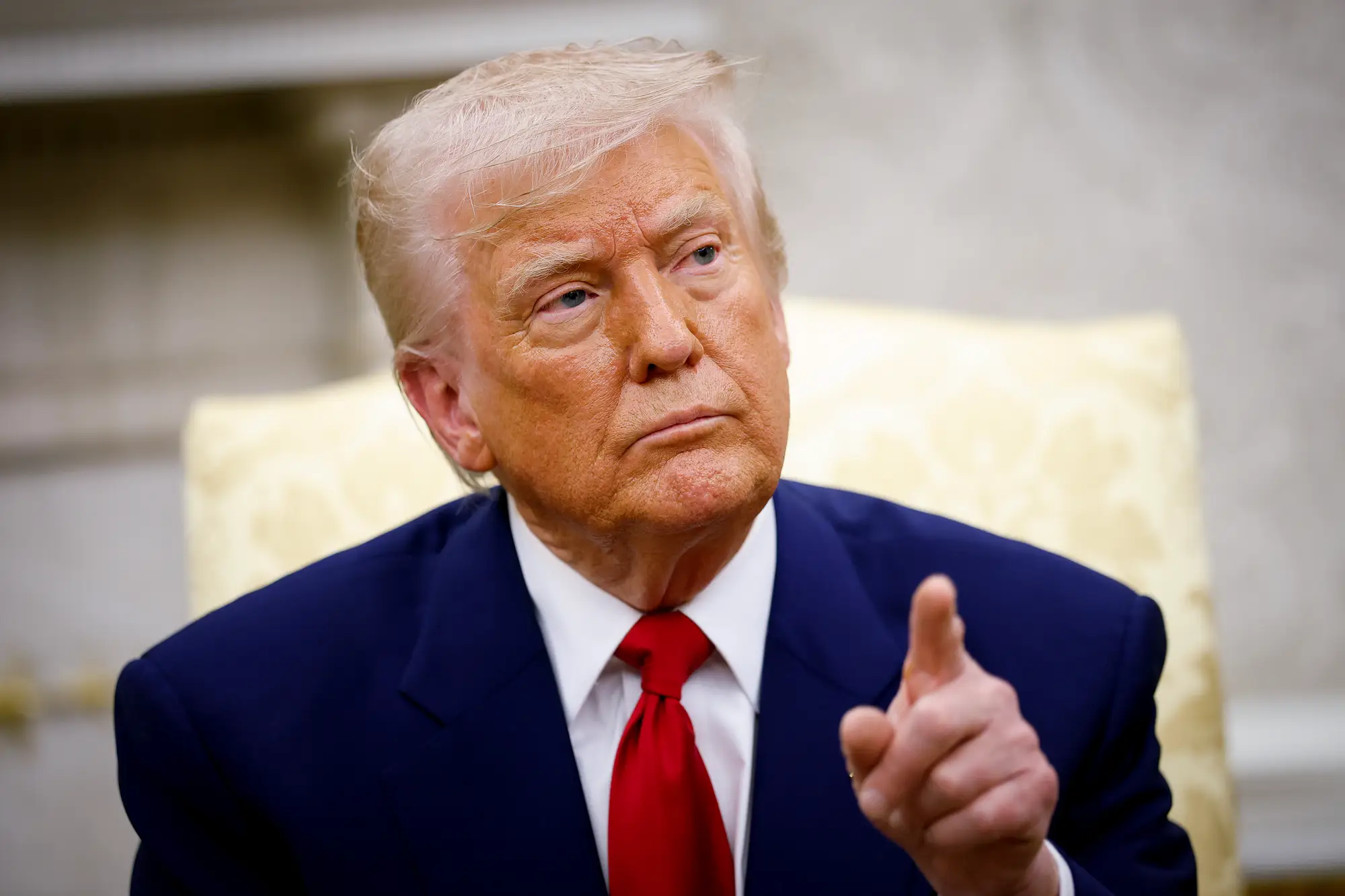Introduction: When Trade Wars Feel Personal
If you’re feeling overwhelmed by all the talk of tariffs, trade wars, and economic “decoupling,” you’re not alone. Headlines scream about global markets tanking, supply chains shifting, and geopolitical battles that seem impossible to follow. But here’s the thing: behind all the chaos is a very specific—and surprisingly familiar—Trump’s trade war strategy.
It’s not just about economics. It’s about leverage. And no one understands that better than Donald Trump.
Whether you like him or not, Trump’s approach to trade is right out of his bestselling book, The Art of the Deal. Understanding that playbook can make the trade war far less confusing—and maybe even a little predictable.
This post breaks down Trump’s trade war strategy into simple, relatable terms for non-business readers.
🔍 At a Glance: What is Trump’s trade war strategy?
Featured Summary: Donald Trump’s trade war strategy centers around using tariffs as a negotiation tool rather than permanent policy. Rooted in his Art of the Deal playbook, he uses bold threats, leverage through tariffs, and unpredictability to push trade partners like China into making concessions on issues like subsidies, currency manipulation, and intellectual property.
The Trade War Isn’t About Trade (Not Really)
Most people assume tariffs are used to protect domestic industries. But in Trump’s trade war strategy, tariffs are something else entirely: negotiating chips.
He’s not trying to build long-term economic policy. He’s playing a deal-making game—applying pressure, forcing moves, and using uncertainty as leverage.
And just like in a business deal, that means the outcome is often less important than the process of getting there.
Trump’s Strategy in Plain English
Here are the core elements of what I call the Trump trade war strategy:
1. Create Maximum Leverage with Minimal Commitment
Trump knows how to use pressure without immediately following through. Announce a 25% tariff? Maybe. Maybe not. That uncertainty is the leverage.
In The Art of the Deal, he writes: “Leverage is having something the other guy wants. Or better yet, needs.”
China needs access to U.S. consumers. That’s the leverage.
2. Make Bold, Unpredictable Moves
Markets crave stability. Trump thrives on chaos. His tariff announcements often seemed erratic—but that’s the point. When your opponent can’t predict your next move, they’re more likely to offer a concession just to stop the bleeding.
This creates what I call the fog of negotiation.
3. Turn the Narrative Into a Win—No Matter the Outcome
In traditional diplomacy, a failed negotiation is a loss. For Trump, it’s a pivot.
Whether a country backs down or not, he reframes the result as proof of toughness: “We stood up to China.” It keeps his base energized and resets the leverage for the next round.
Sound familiar? It’s the same tactic he used in business and media for decades.
Tariffs as a Tool—Not a Policy
Many economists were confused by Trump’s tariffs. They didn’t follow a consistent economic model. But if you think like a dealmaker, it starts to make sense:
- Tariffs = Pain → Used to apply pressure.
- Tariff Threats = Drama → Used to build urgency.
- Tariff Rollbacks = Reward → Used to incentivize a “deal.”
In this context, tariffs were less about punishing China and more about putting them at the negotiating table—on Trump’s terms.
Why This Strategy Confuses Experts (and Freaks Out Investors)
Trump’s playbook breaks the mold:
- Traditional economists want predictability. Trump gives them volatility.
- Trade policy experts want gradual reform. Trump demands flashy wins.
- Wall Street wants data. Trump gives them drama.
To businesspeople outside of politics, this might feel like reckless chaos. But inside the Trump framework, it’s actually calculated unpredictability.
Just like in a business deal where you walk out of the room to increase tension.
How This Impacts Everyday People (and Why It Matters)
So what does this mean for the rest of us?
- Prices may rise temporarily on imported goods.
- Markets may dip due to uncertainty.
- Media coverage will spike every time new tariffs are announced.
But these are often short-term tremors. In many cases, the tariff threats are lifted after a deal is made—or the pressure is no longer useful.
Understanding the why behind these moves can help you:
- Tune out the noise
- Predict when the “crisis” might calm down
- Feel more in control of your economic reality
5 Simple Steps to Decode Any Trump Trade War Move
- What is being threatened? (Tariff on what? How much?)
- What pain does this cause the other country?
- What outcome is Trump pushing for?
- What narrative is being spun domestically?
- Is this move reversible if he gets what he wants?
If you answer those questions, you can usually see where things are headed.
The Takeaway: Trade Wars Are Just Negotiations on Steroids
Trump’s strategy isn’t about traditional trade logic. It’s about pressure, posturing, and timing. It’s deal-making with global consequences.
If you’ve ever negotiated a job offer, haggled on a car price, or pitched a client, you’ve already experienced this style—just at a much smaller scale.
By recognizing these tactics, you can stay informed without being overwhelmed. And maybe even anticipate what comes next.
Quick Recap
- Trump’s trade war strategy comes from The Art of the Deal.
- Tariffs are negotiation tools, not economic endgames.
- Unpredictability is part of the pressure campaign.
- Understanding this playbook helps reduce panic and confusion.
So the next time you hear about new tariffs or a looming trade war, don’t panic—just ask: What’s the deal he’s trying to make?
Scale growth with AI! Get my bestselling book, Lean AI, today!





